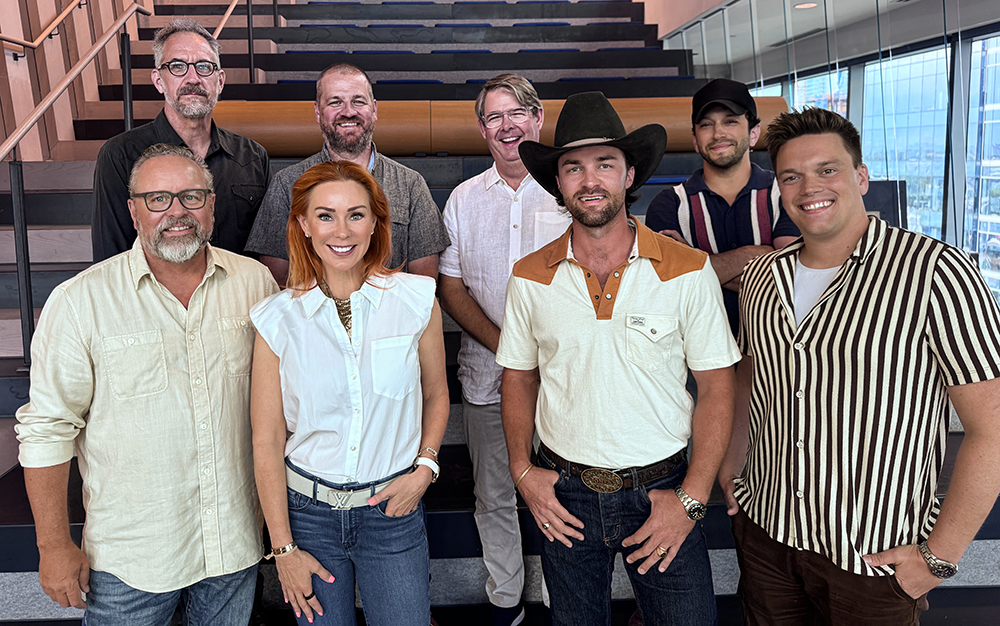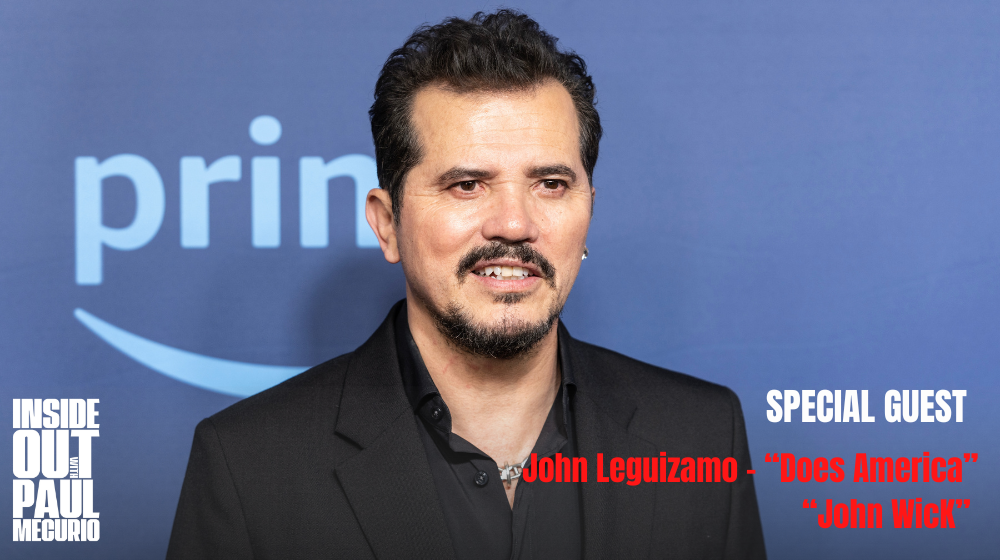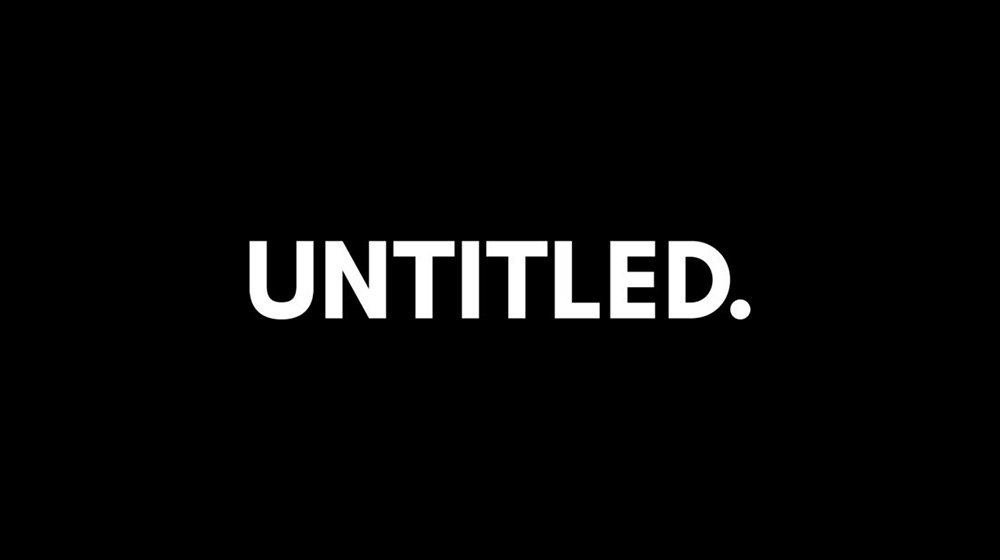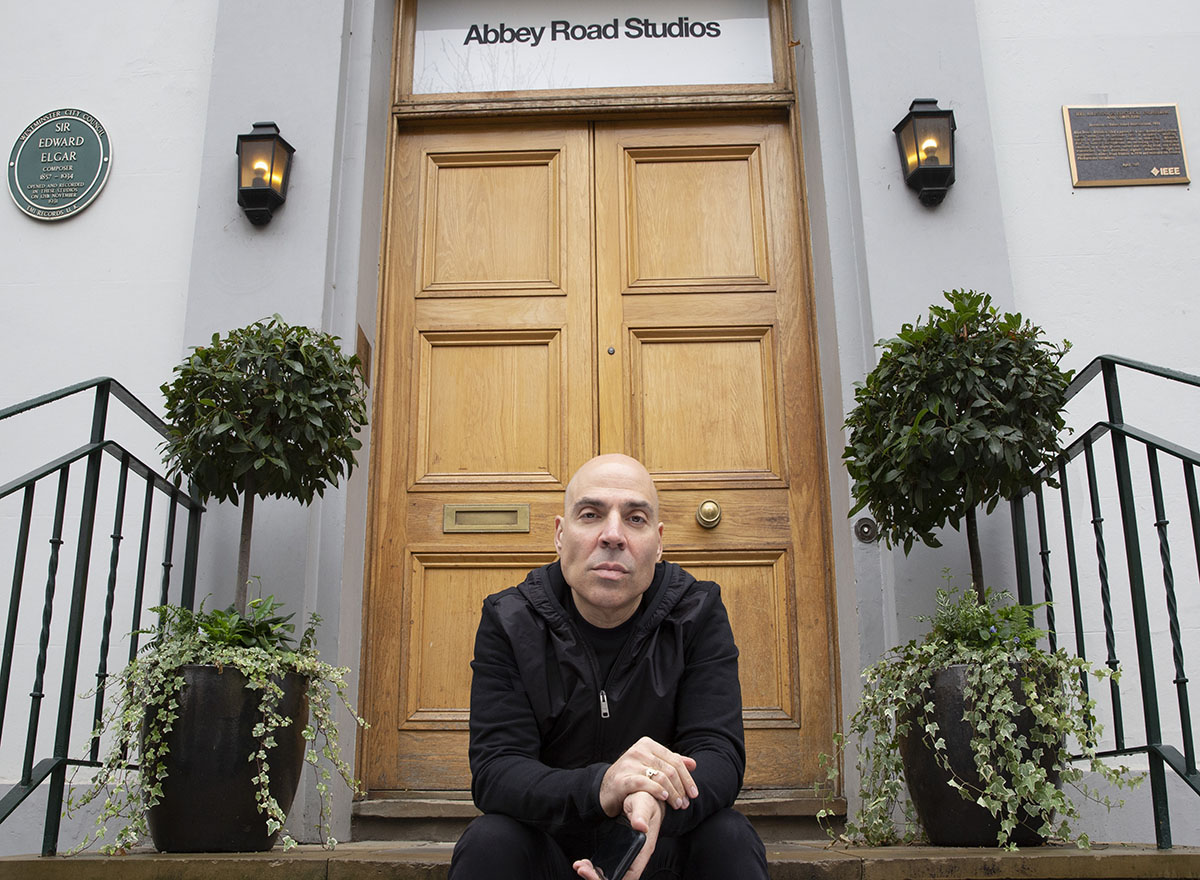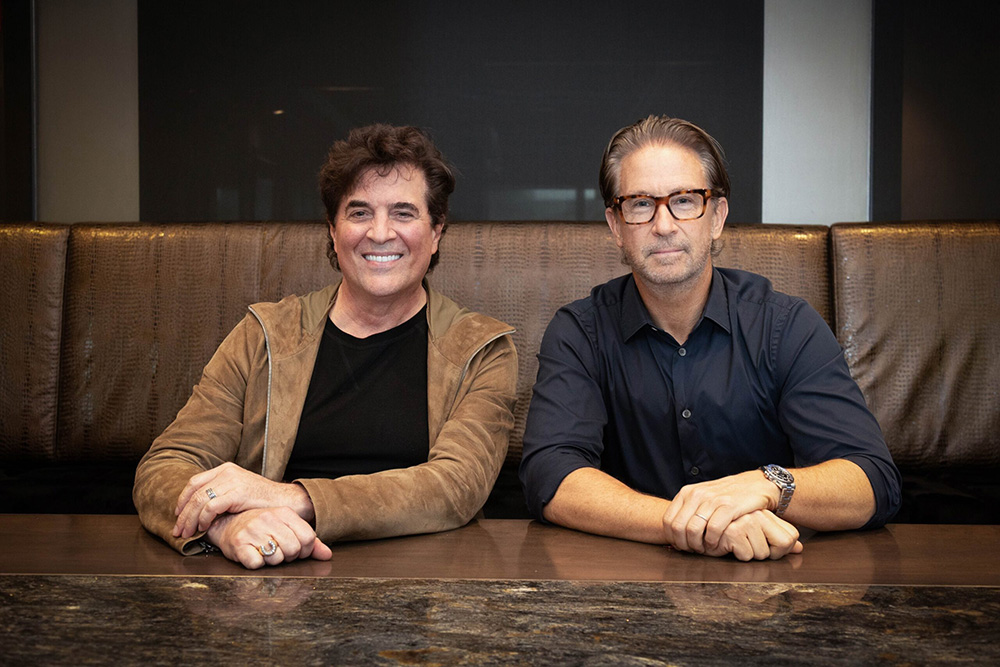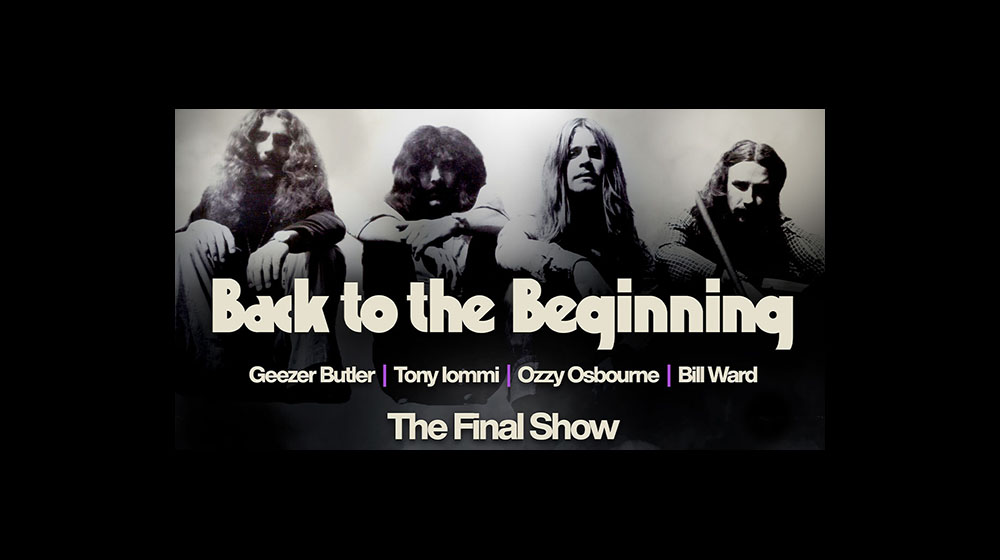(Hypebot) — Superstar artists and songwriters are selling their catalogs for enormous sums, but their heirs may actually be able sell them a second time.
Attorney Wallace Collins speculates that under the 1976 Copyright Act, 35 years from now heirs may be entitled to terminate their contractual transfer to regain their copyrights.
by Attorney Wallace Collins
Under the 1976 Copyright Act, the length of copyright protection was extended for the life of the author plus 70 years. However, it also established a right for authors or their heirs to terminate copyright transfers after a certain period of time. In other words, even if an artist or songwriter signed a contract that purports to transfer all rights in a work in perpetuity, even if the artist or songwriter is “unrecouped”, the Copyright Act provides that the author can terminate that grant and demand that the rights revert in a shorter period of time. Recording artists and songwriters have been terminating their contractual transfers and demanding back control of their copyrights.
As anyone reading the headlines is aware, numerous superstar artists and songwriters (e.g., Bob Dylan, Bruce Springsteen, Sting, etc.) have sold their entire catalogs to third parties for enormous sums. However, it does not appear that the 1976 Copyright Act sets forth any limit on how many times an author is entitled to terminate the transfer of copyrights – which would seem to indicate that 35 years from now these superstars (or, more likely, their heirs) will be entitled to again terminate the contractual transfer and regain the copyrights under Section 203 of the Copyright Act.
Generally speaking under the Copyright Act, for copyright grants made on or after January 1, 1978 (the effective date of the 1976 Copyright Act) the termination period is 35 years under Section 203 of the law. For grants on or after 1978, termination must be exercised prior to the 5 year period beginning at the end of 35 years from the execution of the grant. Although there are certain formalities which must be complied with to effectuate termination of the transfer, this essentially means that recording artists and songwriters were entitled to exercise their rights of termination on post-1978 works as of the start of 2013 – and the current headlines announce that many superstars have done precisely that, and then turned around and sold their music catalogs for millions of dollars.
“few practitioners would have envisioned a world where the artists might not need the record companies”
As a matter of music business history, back when the 1976 Copyright Act was drafted, few practitioners would have envisioned a world where the artists might not need the record companies to finance, manufacture, warehouse and distribute their physical records. Back then the expectation was that, although any particular artist could exercise the termination right, what would effectively happen is that the label and artist would simply be forced to renegotiate a deal to continue working together (either with the artist or with the heirs of the deceased songwriter or artist). Now, in the current digital transmission age, this is no longer necessarily true. Any artist can demand back the copyright in the masters and then simply offer them directly to fans on the artist’s website or the artist can license the rights to an online aggregator or digital streaming service with little or no expense. This is particularly true in the case of the recordings of certain well-established artists because those artists would not need the record company’s ongoing support to finance the recording costs to create new recordings, store their product nor require the funds for promotion and marketing. High profile artists with established fan bases and large catalogs of music like Blondie, the Cars, Bruce Springsteen and others have no need for much in the way of advertising and marketing, and there is no longer a need for manufacturing, distributing or warehousing of their product. Simple ownership and possession of the digitized masters is sufficient to conduct business.
It is noteworthy that, unlike song publishing contracts which generally provide for the assignment and transfer of a song copyright to the publisher, most record contracts have provided that the sound recording is created as a “work for hire” for the record label. Under the 1976 Copyright Act the termination provision is not applicable to certain types of copyrights, including a genuine “work for hire” grant. However, this does not preclude recording artists from exercising their right of termination. Sound recordings are not listed under section §101(2) which identifies various works that constitute a work for hire. Moreover, several years ago I litigated a case, Ballas v. Tedesco (41 F.Supp.2d 531 (D.C.N.J. 1999)), where a New Jersey Federal District Court addressed this issue and Judge Greenaway held that the sound recording in that case did not qualify as a work for hire. There is a great deal of case law addressing the applicable legal employer/employee issues involved including those established in the seminal Supreme Court case Community For Creative Non-Violence, 490 U.S. at 738, 109 S.Ct. 2166 which held that a statue did not satisfy the terms of §101(2) because it “does not fit within any of the nine categories of ‘specially ordered or commissioned’ works enumerated in that subsection, and no written agreement between the parties establishes [the statue] as a work for hire.” Most case law that addresses the subject of “work for hire” holds that whether a work created by an employee is a work for hire or not depends on various factors as well as the circumstances of the relationship – and not just the language of the contract. This area of law has been ripe for dispute by any recording artist who tries to exercise termination rights against a record company that resists the claim where the facts suggest that no genuine “work for hire” relationship ever existed.
“start the whole process again”
Many superstar artists and songwriters have exercised their termination rights under the 1976 Copyright Act, regained their catalogs, and then made multi-million dollar deals to sell the catalogs. Current copyright law provides that the a copyright extends for the life of the author plus 70 years, so 35 years from now Section 203 of that same 1976 Copyright Act may allow the heirs of those superstars to terminate these current transfers, regain the catalogs, and start the whole process again resulting in more remuneration generated from the copyrights.

Wallace Collins is a New York lawyer with 30+ years practicing primarily in the area of entertainment law. He was a recording artist for Epic Records before attending Fordham Law School. More @ www.wallacecollins.com






























